Refine search
Actions for selected content:
2076 results in Aerospace engineering
Chapter 3 - Aerodynamic Theory
-
- Book:
- Wind Turbines
- Published online:
- 24 January 2025
- Print publication:
- 19 December 2024, pp 33-64
-
- Chapter
- Export citation
Chapter 4 - Rotor Design and Performance
-
- Book:
- Wind Turbines
- Published online:
- 24 January 2025
- Print publication:
- 19 December 2024, pp 65-87
-
- Chapter
- Export citation
Chapter 5 - Electrical Aspects
-
- Book:
- Wind Turbines
- Published online:
- 24 January 2025
- Print publication:
- 19 December 2024, pp 88-117
-
- Chapter
- Export citation
Contents
-
- Book:
- Wind Turbines
- Published online:
- 24 January 2025
- Print publication:
- 19 December 2024, pp v-xii
-
- Chapter
- Export citation
Preface to the Second Edition
-
- Book:
- Wind Turbines
- Published online:
- 24 January 2025
- Print publication:
- 19 December 2024, pp xiii-xiv
-
- Chapter
- Export citation
Index
-
- Book:
- Wind Turbines
- Published online:
- 24 January 2025
- Print publication:
- 19 December 2024, pp 429-434
-
- Chapter
- Export citation
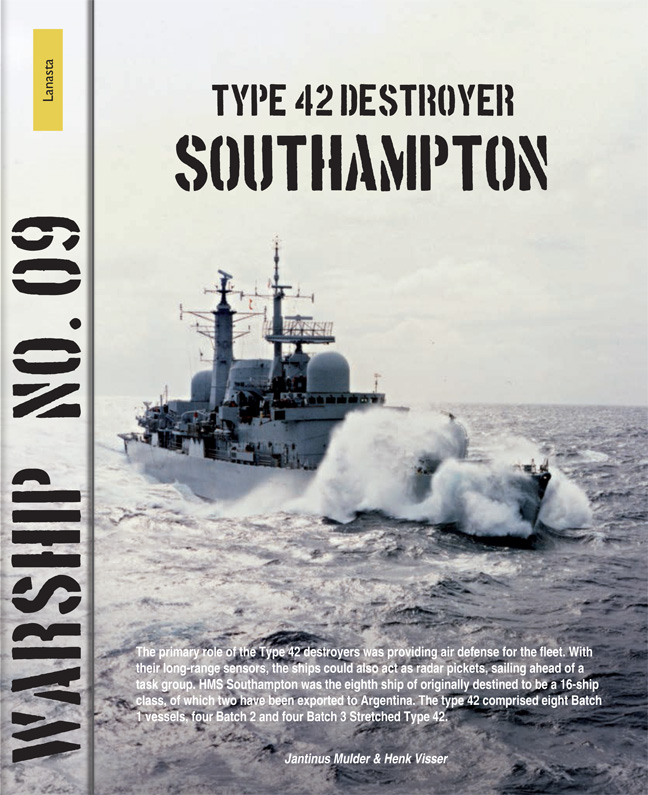
Type 42 Destroyer Southampton
-
- Published by:
- Amsterdam University Press
- Published online:
- 27 March 2024
- Print publication:
- 29 August 2019
-
- Book
- Export citation

Frigate HMS Leander
-
- Published by:
- Amsterdam University Press
- Published online:
- 27 March 2024
- Print publication:
- 28 November 2014
-
- Book
- Export citation
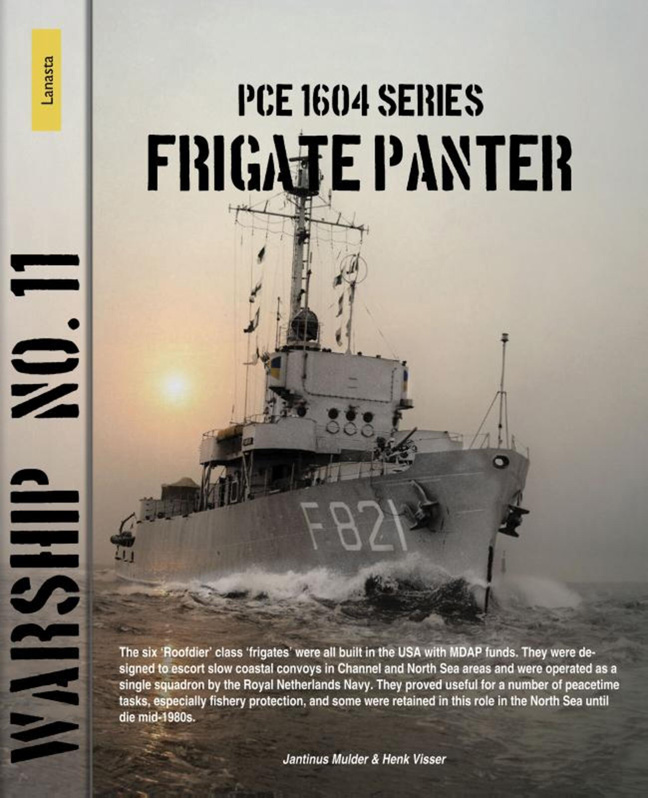
PCE 1604 Series, Frigate Panter
-
- Published by:
- Amsterdam University Press
- Published online:
- 27 March 2024
- Print publication:
- 08 January 2021
-
- Book
- Export citation
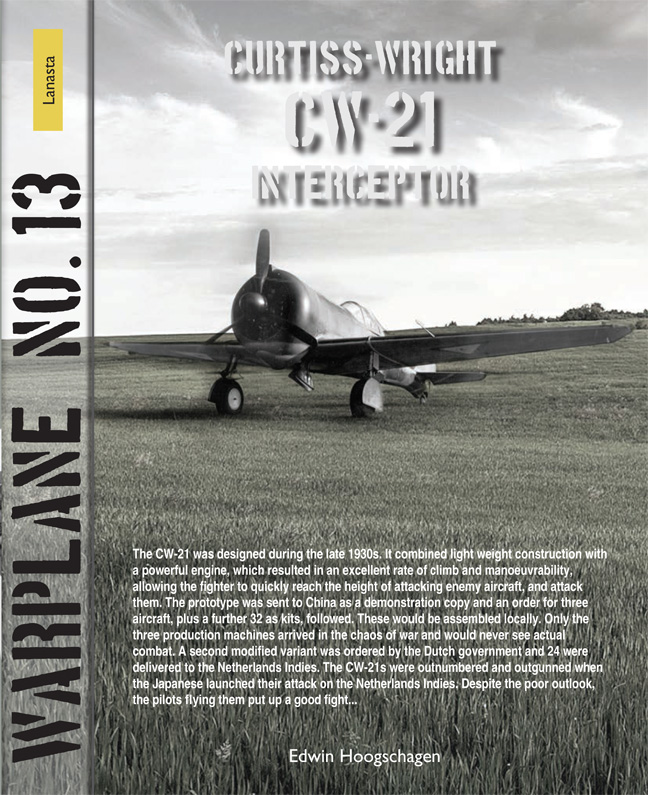
CW-21 Interceptor
-
- Published by:
- Amsterdam University Press
- Published online:
- 27 March 2024
- Print publication:
- 10 February 2023
-
- Book
- Export citation
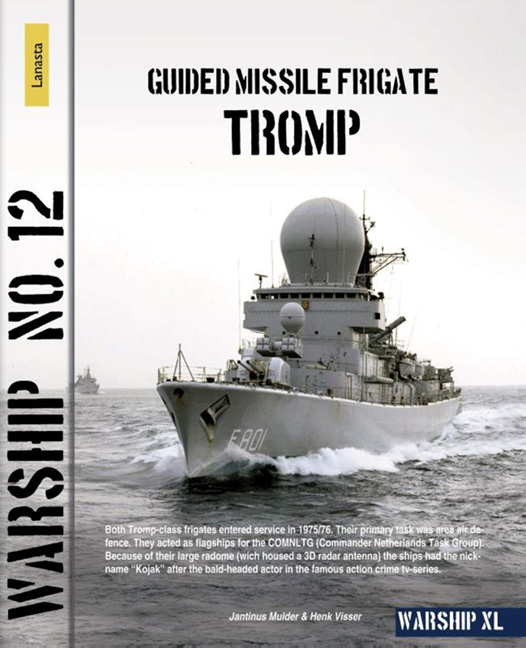
Guided Missile Frigate Tromp
-
- Published by:
- Amsterdam University Press
- Published online:
- 27 March 2024
- Print publication:
- 25 October 2021
-
- Book
- Export citation

Fast Combat Support Ship HNLMS Zuiderkruis
-
- Published by:
- Amsterdam University Press
- Published online:
- 27 March 2024
- Print publication:
- 29 December 2016
-
- Book
- Export citation
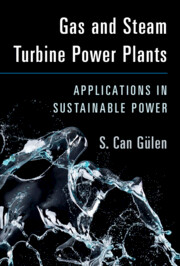
Gas and Steam Turbine Power Plants
- Applications in Sustainable Power
-
- Published online:
- 12 January 2024
- Print publication:
- 19 October 2023
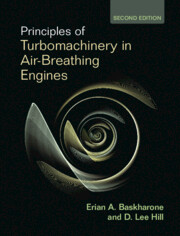
Principles of Turbomachinery in Air-Breathing Engines
-
- Published online:
- 18 November 2023
- Print publication:
- 19 October 2023
-
- Textbook
- Export citation
8 - Aerothermodynamic Testing and Hypersonic Physics
-
- Book:
- Theories and Technologies of Hypervelocity Shock Tunnels
- Published online:
- 12 October 2023
- Print publication:
- 26 October 2023, pp 236-297
-
- Chapter
- Export citation
3 - Heated Light-Gas High-Enthalpy Shock Tunnels
-
- Book:
- Theories and Technologies of Hypervelocity Shock Tunnels
- Published online:
- 12 October 2023
- Print publication:
- 26 October 2023, pp 54-72
-
- Chapter
- Export citation
2 - Shock-Wave Relations and Aerothermodynamic States
-
- Book:
- Theories and Technologies of Hypervelocity Shock Tunnels
- Published online:
- 12 October 2023
- Print publication:
- 26 October 2023, pp 32-53
-
- Chapter
- Export citation
Preface
-
- Book:
- Theories and Technologies of Hypervelocity Shock Tunnels
- Published online:
- 12 October 2023
- Print publication:
- 26 October 2023, pp xi-xiv
-
- Chapter
- Export citation
4 - Free-Piston-Driven High-Enthalpy Shock Tunnels
-
- Book:
- Theories and Technologies of Hypervelocity Shock Tunnels
- Published online:
- 12 October 2023
- Print publication:
- 26 October 2023, pp 73-118
-
- Chapter
- Export citation
Contents
-
- Book:
- Theories and Technologies of Hypervelocity Shock Tunnels
- Published online:
- 12 October 2023
- Print publication:
- 26 October 2023, pp v-x
-
- Chapter
- Export citation
